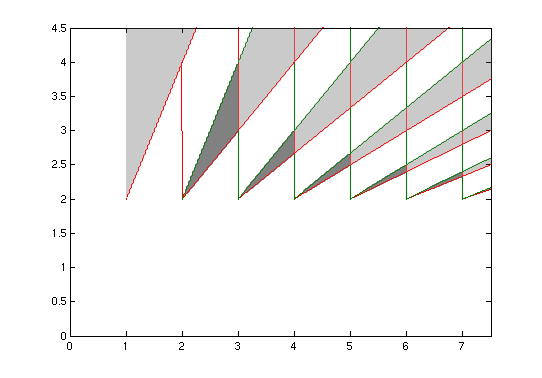Aliasing can indeed be a good thing under certain conditions.
Look at it this way: lets say your sampling rate is 100 Hz. Lets also say you have a signal somewhere out there, that is sitting from, say, 990 to 1010 Hz. (So its total bandwidth is 20 Hz, and it is centered at 1000 Hz).
Ok great, now what?
Lets suppose you sampled this signal at your 100 Hz rate. All that happens, is that your signal (sitting from 990-1010, centered at 1000Hz) is copied and shifted at integer multiples of 100 right?
So now all the sudden you have a copy of your original 990-1010 signal, except now you have one centered at 900, 800, 700, 600, etc etc, and also 1100, 1200, 1300, etc etc. The BW is the same of course. So your copy of your signal centered at 900 occupies 890-910 Hz. The copy sitting at 800 Hz occupies 790-810 Hz, and so on and so forth. You will also have a copy at 'baseband', (meaning it is centered at 0Hz, and so occupues -10 to 10Hz).
So when is this useful? Well, look at what you just did - you just managed to take your signal sitting at 1000Hz, put it down at baseband, and all this with a sampler running at just 100Hz! And guess what! You did this all legally according to Nyquist!
This is because Nyquist doesn't say you have to sample at at least twice of the maximum freuqnency - wrong wrong wrong wrong wrong! (But very common misconception.) He says you have to sample at least twice the maximum bandwidth of your signal, which in this case, is 20Hz.
Applications? Well, a lot of basestations for cell phones actually use this 'undersampling' technique. So your cell phone signal is sitting at some high up Ghz range, and the basestation is sampling in the hundreds of Mhz range.
And by the way, seeing as how Nyquist actually works, I dont like the term 'undersampling' - because that implies that we are, well, under-sampling. But we arent! We are completely following Nyquist, and always sampling at least twice the maximum bandwidth of the signal in question.


